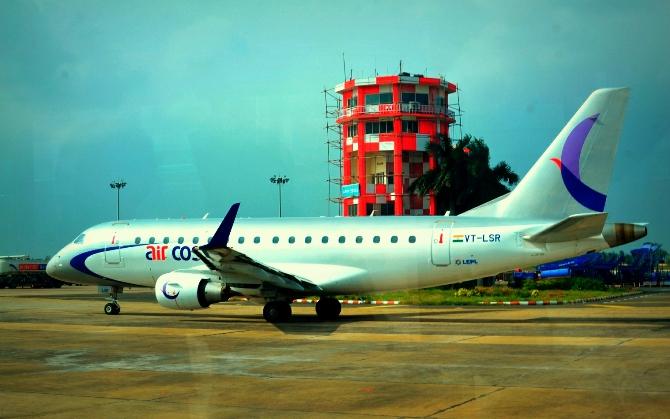
The recent past has seen ferment in India’s aviation landscape.
Kingfisher Airlines shut down, dragged into oblivion by insurmountable losses.
Other domestic airlines too reported record losses.
Amid the gloom there was the good news about AirAsia and Singapore Airlines investing in greenfield airline projects in the country.
But the news that made most sit up in surprise came when a four-month-old regional airline placed an order for 50 aircraft.
In February, Air Costa, in operation since October 2013, inked a deal for 50 jets worth $2.94 billion with Embraer SA of Brazil.
. . .

Many would say this is a daring move, given that the aviation industry logged a loss of over $1 billion in 2012-13 and the figures in the current financial year are not cheering the business either.
Moreover, Air Costa holds a regional licence and is not permitted to fly the more remunerative metro routes.
As a regional airline, it currently operates its two Embraer jets within South India and to Ahmedabad and Jaipur.
Having started from scratch as an arm of a real-estate company, the LEPL group, the newly minted air company had to quickly establish itself in a peril-filled industry.
It got two small planes, and was fortunate that another regional airline, Paramount Airways, which also operated Embraer craft, shut down and proved a handy source of pilots and engineers.
. . .

Air Costa has a maintenance base in Vijayawada which is also the centre of the construction business of its parent company.
What makes Air Costa see a rosy future when many other regional airlines, like MDLR, Jagson, King Air and Star Aviation, could not start operations or sustain them due to a crippling combination of poor occupancies, high fuel costs and a general economic malaise?
The answer perhaps lies in Air Costa being a small and pragmatic operator.
The airline's strategy has been to link Tier II and III cities and connect them to metros.
At present the airline flies to Chennai, Bangalore, Hyderabad, Vijayawada, Ahmedabad and Jaipur. It plans to launch services to Visakhapatnam, Madurai, Coimbatore, Pune and Goa.
“These routes aptly fit our aircraft and we would like to take advantage of this in an early stage of our existence,” says Ramesh Lingamaneni, chairman, Air Costa.
. . .

Little competition
Starting small has helped Air Costa find its wings in the industry.
There isn’t much competition on the limited routes it operates, though SpiceJet flies its Bombardier Q400 planes on some routes in Central and South India.
Currently, there is limited connectivity to Jaipur from Bengaluru, Hyderabad and Chennai with perhaps just a couple of daily flights.
This offers Air Costa a big opportunity. Other airlines have tried unsuccessfully to launch services from South India to Jaipur.
The flights were unviable because filling up 180 seats on a daily basis proved difficult. But Air Costa entered with the advantage of flying a smaller plane -- its Embraer E170 has 67 seats in two class configurations.
. . .
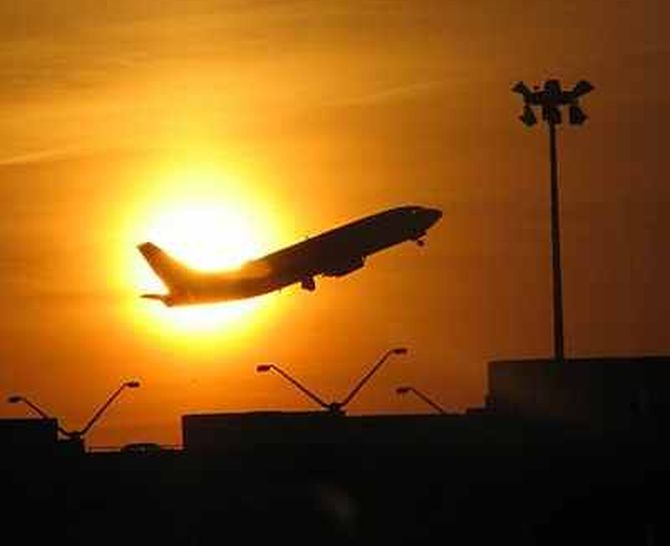
“We don’t look at any competitor, we value our product and fares we are offering,” says the 42-year-old Lingamaneni.
“The secret to success is to be rational during expansion and have a good cost-control mechanism.
“We are trying to keep the cost as low as possible by utilising the aircraft to optimum levels.”
Not only is the airline successfully tapping the trading and business class from Chennai and Hyderabad as customers, as Manoj Samuel, director of Riya Travels, reveals, but it is also offering lower fares to attract them.
On March 17, for instance, online ticket seller MakeMyTrip listed Air Costa’s Chennai-Jaipur fare as Rs 7,431 when most one-stop flights from other airlines cost upward of Rs 9,500.
On the same day, the Chennai-Ahmedabad fare on Air Costa was quoted at around Rs 8,000, while SpiceJet and IndiGo charged around Rs 9,570.
. . .
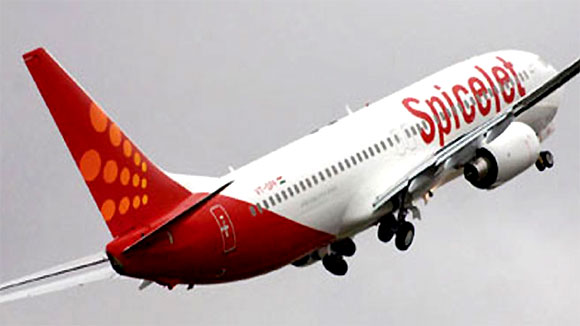
The results are showing.
“We have grown steadily, with passenger loads increasing from 48 per cent in October 2013 when we launched to 72.6 per cent in December.
“The average load in Q3 FY 14 was 63 per cent,” says Lingamaneni.
“We have flown close to 30,000 passengers in these two and half months using our two Embraer E170 aircraft to connect six cities.”
Buoyed by the steady inflow of business, Air Costa has gone in for the mega deal with Embraer. It hopes to work out an arrangement with the Brazilian Exim Bank on the financing for the aircraft that it has ordered from the Brazilian aerospace company.
“Air Costa’s order for 50 planes reflects a long term commitment which is welcome,” says Kapil Kaul of consultancy Centre for Asia Pacific Aviation.
. . .
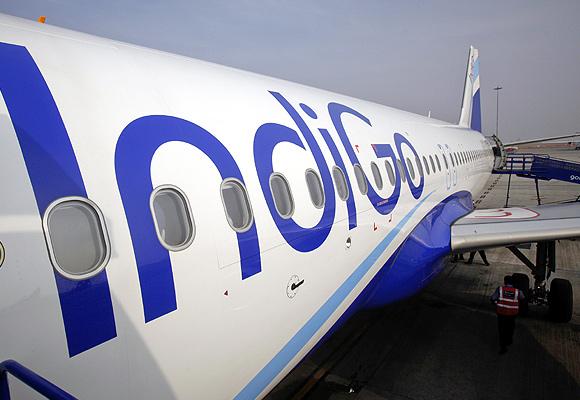
“It must now develop a network in line with the mission of the aircraft.
“It has to get the network right and that is critical.
“But its weakness is lack of management depth.”
According to Lingamaneni, Air Costa will break even in 2015 when it will be likely operating 10 aircraft and logging a turnover of Rs 100 crore (Rs 1 billion).
The company says that in all likelihood, it will go in for an initial public offering three years after turning profitable.
The parent LEPL group cut its teeth in real estate in and around Vijayawada in Andhra Pradesh in the mid-1980s and has since diversified into renewable energy and hospitality. Aviation is its latest business foray.
In the FY 2013 balance sheet, LEPL enunciated the business plan for the airline and said Air Costa was looking at ‘under-served and less competitive routes such as those between bigger and smaller cities, which have higher demand in terms of potential RPKM (an occupancy unit).’
. . .

As of now, the airline hopes to tap the trader and businessman section for its clientele.
The company has identified profitable business routes and has planned day-return flights on these sectors.
In addition, it has designed corporate fares in order to lure customers and will soon introduce these.
Favourable policies ahead
The optimistic anticipation of the future comes on the back of policy changes in the segment that Air Costa flies.
“Corrections are expected in the area of aviation turbine fuel taxes; maintenance, repair, overhaul taxes, airport charges, seat trading with pan-India players and policy support for regional airports.
“It would be interesting to see how Air Costa leverages these,” says Amber Dubey, partner and India head, Aerospace and Defence, KPMG.
. . .
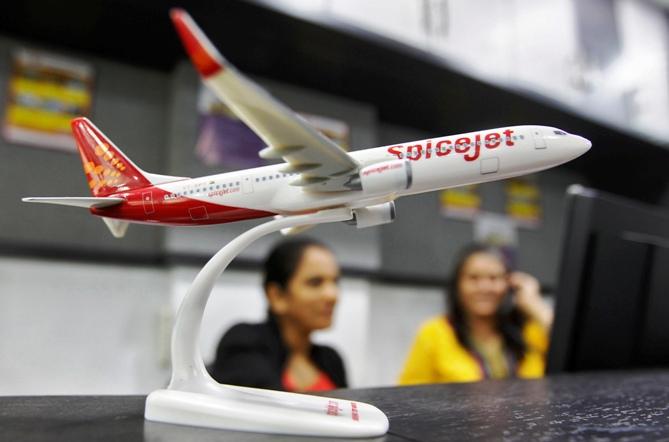
The civil aviation ministry plans to give incentives to airlines flying to Tier II towns by waiving landing, parking and navigation charges at specified airports.
According to the proposed guidelines, airlines will be permitted to carry out self-handling of flights.
They could also enter into code-share agreements with carriers or non-scheduled companies operating on regional routes and purchase or sell miles (credits) among one another.
The ministry has also identified 52 towns and cities to promote regional air connectivity and decided to offer 50 per cent discount on night parking charges at all airports (except Chennai and Kolkata).
Night parking charges have been waived at airports in states that levy VAT of 5 per cent or less on ATF.
Negotiations are going on with other state governments to reduce VAT on ATF to 4 per cent.
. . .
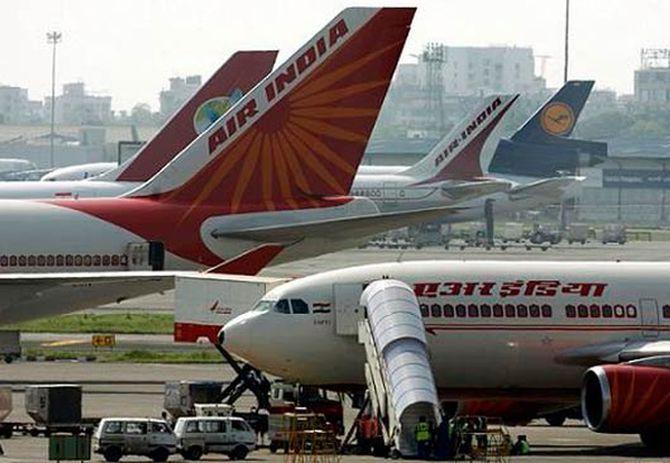
The ministry is also considering an exemption of fuel throughout charges levied by airport operators on oil marketing companies at regional airports, a move that would benefit airlines.
These measures are expected to bring down airfares on regional routes by reducing operational expenses of airlines by 15-20 per cent and spur passenger enthusiasm.
“We are anticipating an 8-10 per cent growth in the coming year,” discloses Lingamaneni.
“We have already taken delivery of two new E190 aircraft, which will start flying from this month.
“We are planning to lease E190 aircraft and grow to 20 aircraft by 2018 before we take delivery of the craft ordered from Brazil.
“The plan is to induct up to four craft every year till the delivery of the E2 jets.”